AIRBUS H135 Helicopter. The Airbus H135, formerly known as the Eurocopter EC135, is a versatile and reliable light twin-engine helicopter designed and manufactured by Airbus Helicopters. It is widely recognized for its exceptional performance, safety features, and adaptability to various missions. The H135 is a popular choice among emergency medical services (EMS) operators, law enforcement agencies, and corporate and private users due to its spacious cabin, advanced avionics, and high level of maneuverability.
Contents
With its compact size and exceptional visibility, the H135 is also well-suited for urban operations and aerial work. The H135 is equipped with a Fenestron tail rotor, which enhances safety and reduces noise levels, making it an ideal choice for operations in densely populated areas.
Its modular design allows for easy reconfiguration to accommodate different mission requirements, such as medical evacuation, law enforcement, search and rescue, and passenger transport. The helicopter’s outstanding performance, combined with its adaptability to various roles, has solidified its position as a leading light twin-engine helicopter in the global market.
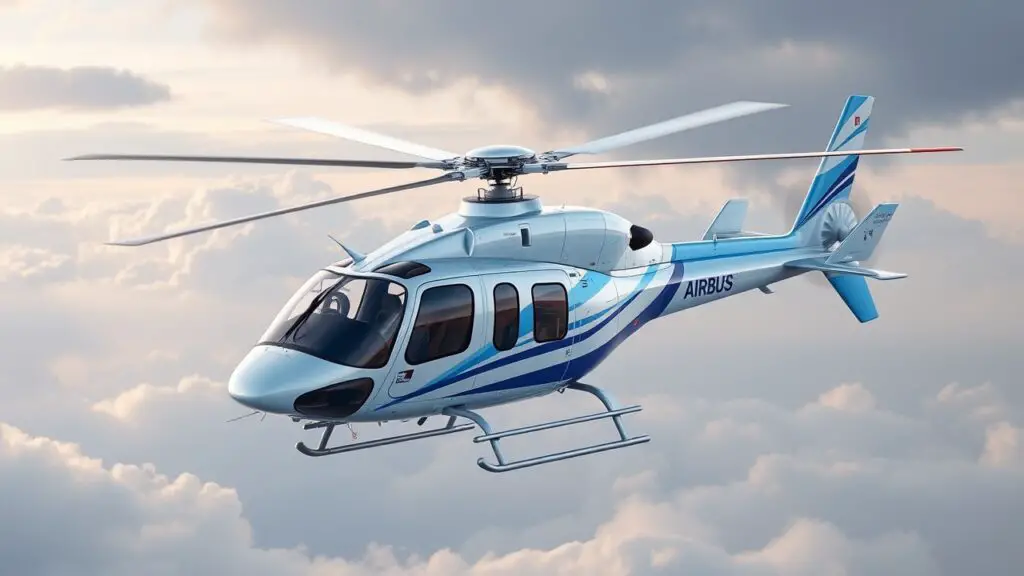
Key Features and Specifications of the Airbus H135
The Airbus H135 boasts a range of impressive features and specifications that contribute to its exceptional performance and versatility. Powered by two Pratt & Whitney Canada PW206B3 turboshaft engines, the H135 delivers a maximum cruise speed of approximately 155 knots (287 km/h) and a range of up to 395 nautical miles (730 km). Its spacious cabin can accommodate up to seven passengers, making it an ideal choice for corporate and VIP transport missions.
The helicopter’s advanced avionics suite, including a digital autopilot system and a glass cockpit with multifunctional displays, provides pilots with enhanced situational awareness and operational efficiency.
The H135’s Fenestron tail rotor not only reduces noise emissions but also enhances safety by minimizing the risk of ground personnel accidents. Additionally, the helicopter’s high useful load and excellent hot-and-high performance make it well-suited for operations in challenging environments.
Applications and Uses of the Airbus H135 Helicopter
The Airbus H135 helicopter is widely utilized across a diverse range of missions and applications due to its adaptability and superior performance characteristics. One of its primary applications is in the emergency medical services (EMS) sector, where it serves as an air ambulance for rapid patient transport from accident scenes to medical facilities.
The H135’s spacious cabin allows medical personnel to attend to patients in-flight, while its high speed and agility enable quick response times during critical situations. In addition to EMS operations, the H135 is extensively employed in law enforcement missions, including aerial surveillance, search and rescue operations, and border patrol.
Its maneuverability and advanced avionics make it an effective platform for law enforcement agencies to conduct reconnaissance and provide support in various scenarios. Furthermore, the helicopter’s adaptability for passenger transport makes it a popular choice for corporate and VIP travel, offering a comfortable and efficient mode of transportation for executives and high-profile individuals.
The H135 also finds applications in aerial work tasks such as utility operations, aerial filming, and powerline inspections. Its ability to be easily reconfigured for different roles makes it a versatile asset for operators requiring flexibility in their missions. Overall, the Airbus H135’s diverse range of applications underscores its status as a highly adaptable and capable helicopter across multiple sectors. For more information on the H135’s military training capabilities, visit Airbus H135 Military Training.
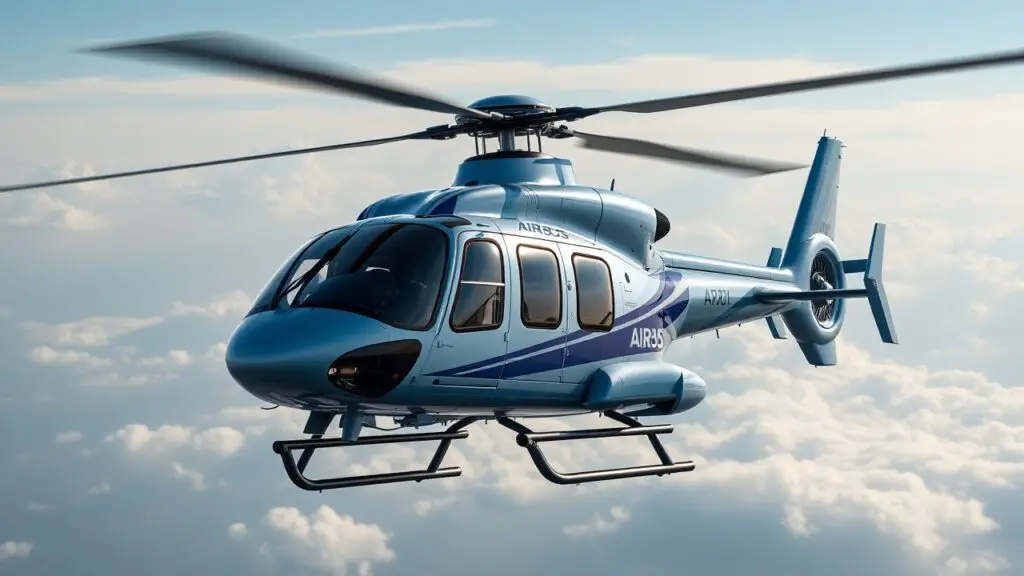
Safety and Performance of the Airbus H135
The Airbus H135 helicopter is renowned for its exceptional safety features and robust performance capabilities. Its Fenestron tail rotor design not only reduces noise levels but also enhances safety by minimizing the risk of ground personnel accidents. The helicopter’s advanced avionics suite, including digital autopilot systems and multifunctional displays, provides pilots with enhanced situational awareness and precise flight control, contributing to safe and efficient operations.
In terms of performance, the H135’s twin Pratt & Whitney Canada PW206B3 turboshaft engines deliver impressive power and reliability, enabling the helicopter to achieve high cruise speeds and extended range capabilities. Its high useful load capacity and excellent hot-and-high performance make it well-suited for operations in challenging environments, including mountainous regions and high-altitude areas.
Furthermore, the H135’s maneuverability and agility allow for precise maneuvering during critical missions such as search and rescue operations and law enforcement tasks. The helicopter’s safety and performance characteristics have been further enhanced through continuous technological advancements and rigorous testing, ensuring that it remains at the forefront of operational excellence in the light twin-engine helicopter category.
Advancements and Innovations in the Airbus H135
Airbus has continually invested in advancing the capabilities of the H135 helicopter through innovative technologies and enhancements. Recent developments have focused on improving operational efficiency, reducing environmental impact, and enhancing mission capabilities.
One notable advancement is the integration of advanced digital avionics systems, including enhanced flight management systems (FMS) and synthetic vision technology, which provide pilots with enhanced situational awareness and operational precision.
In addition, Airbus has introduced upgrades to the helicopter’s powerplant, avionics suite, and cabin interior to further enhance comfort, performance, and mission flexibility. The incorporation of state-of-the-art communication systems and connectivity solutions has also improved the H135’s ability to seamlessly integrate into modern airspace management networks.
Furthermore, advancements in composite materials and aerodynamic design have contributed to weight reduction and improved fuel efficiency, aligning with industry trends towards sustainability and reduced environmental impact.
These innovations underscore Airbus’s commitment to continuously enhancing the H135’s capabilities to meet evolving market demands and operational requirements.
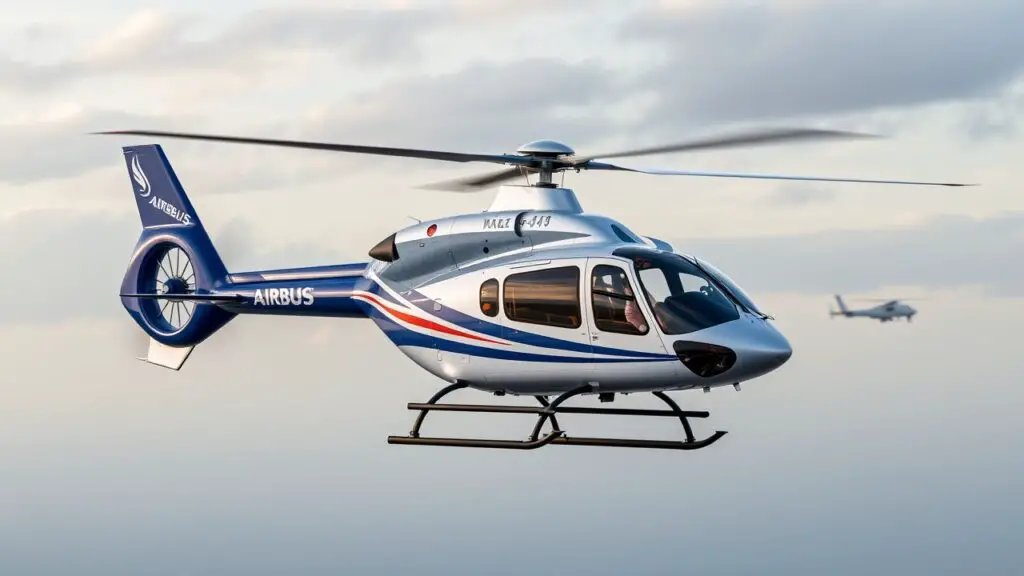
Comparison with Other Helicopter Models
When compared to other light twin-engine helicopters in its class, the Airbus H135 stands out for its exceptional versatility, safety features, and operational performance. Its spacious cabin, advanced avionics suite, and adaptability for various mission configurations set it apart as a preferred choice for operators across multiple sectors.
The H135’s Fenestron tail rotor design provides distinct advantages in terms of safety and noise reduction compared to traditional tail rotor configurations found in other helicopter models.
In terms of performance, the H135’s twin Pratt & Whitney Canada PW206B3 turboshaft engines deliver impressive power output and reliability, contributing to its high cruise speeds and extended range capabilities. Its hot-and-high performance characteristics further enhance its operational flexibility in challenging environments compared to other helicopters in its category.
Moreover, the H135’s reputation for exceptional maneuverability and agility makes it a standout choice for missions requiring precise handling and responsiveness. When considering its overall combination of safety features, performance capabilities, and adaptability across diverse applications, the Airbus H135 emerges as a leading contender among light twin-engine helicopters.
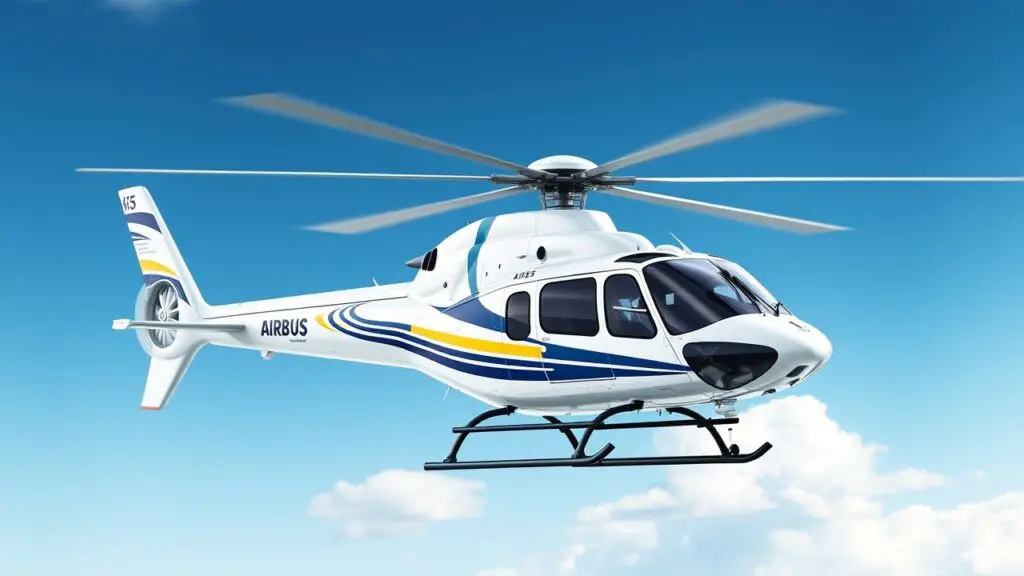
My Conclusion
As the aviation industry continues to evolve, Airbus remains committed to advancing the capabilities of the H135 helicopter to meet future market demands and technological advancements. The company’s focus on research and development aims to further enhance the helicopter’s operational efficiency, mission flexibility, and environmental sustainability.
Future developments may include advancements in autonomous flight capabilities, integration of advanced sensor technologies for enhanced situational awareness, and further improvements in fuel efficiency through advanced propulsion systems.
Additionally, Airbus is likely to continue exploring opportunities to expand the H135’s role in emerging urban air mobility initiatives as part of its commitment to shaping the future of vertical flight. Furthermore, ongoing efforts to enhance connectivity solutions, digitalization of maintenance processes, and integration of predictive maintenance technologies are expected to further optimize the H135’s operational reliability and cost-effectiveness.
These future prospects underscore Airbus’s dedication to ensuring that the H135 remains at the forefront of innovation and continues to meet the evolving needs of operators across various sectors in the years to come.

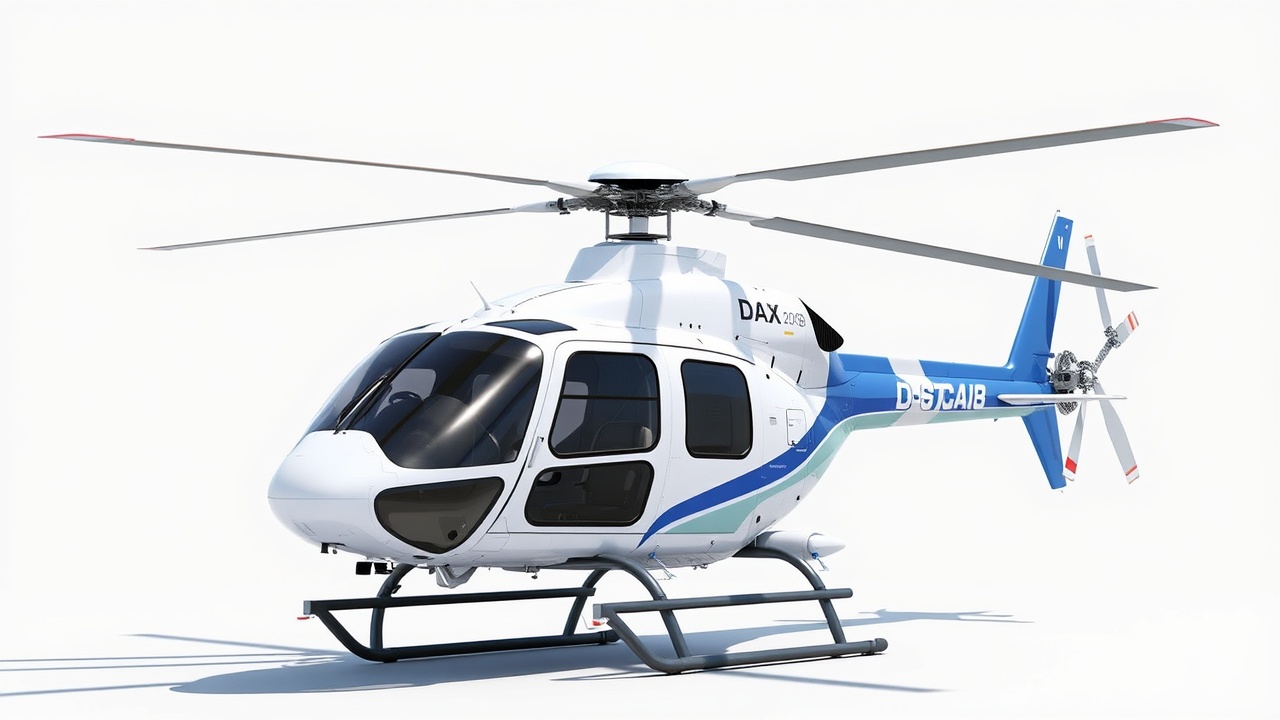




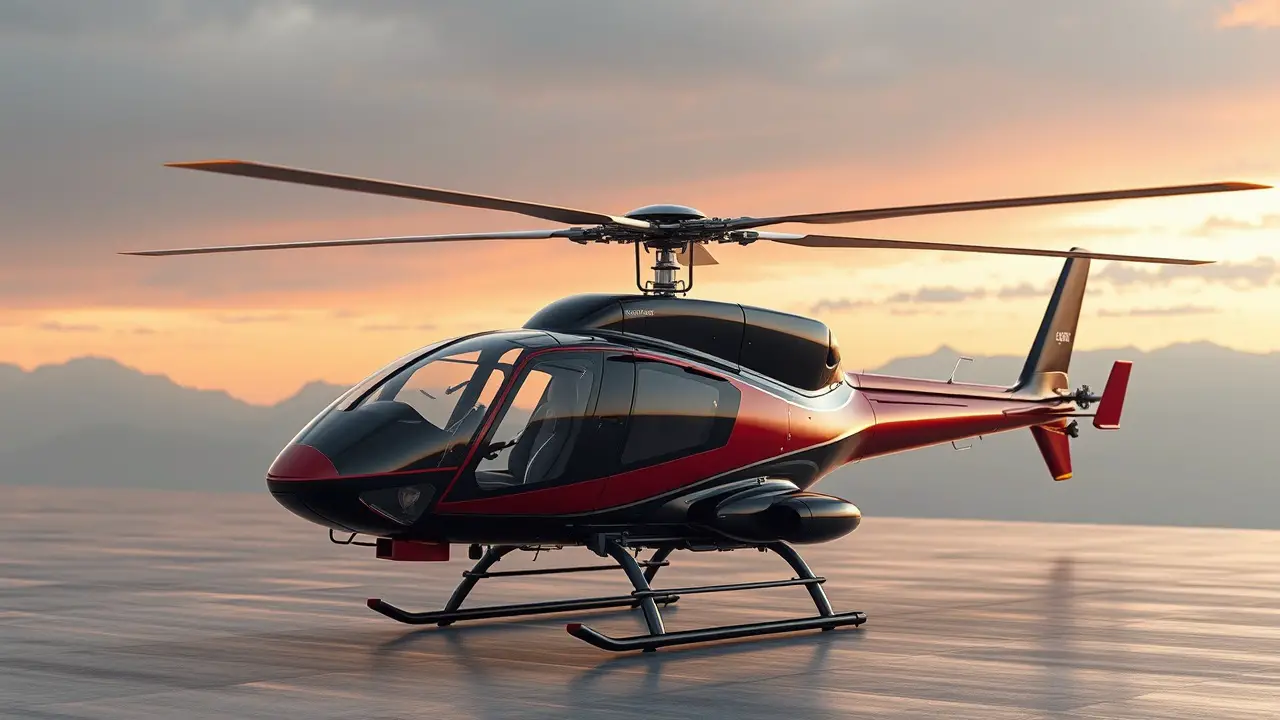
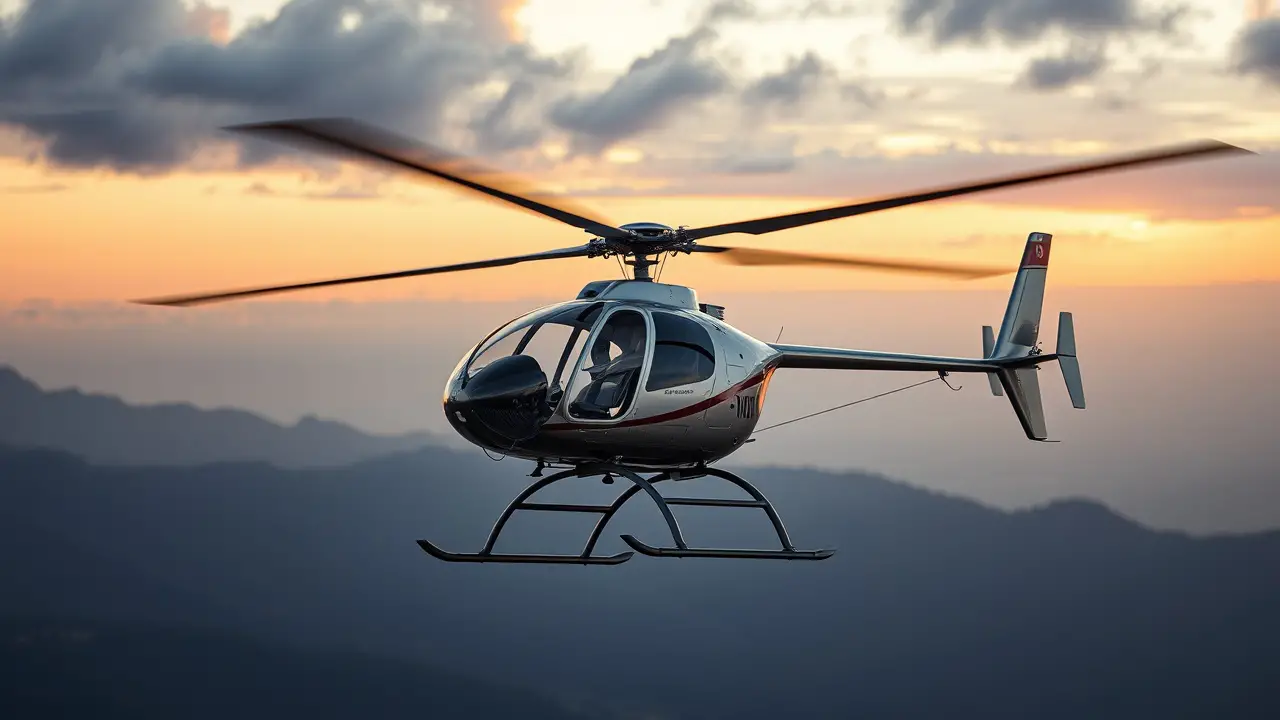
Leave a Reply